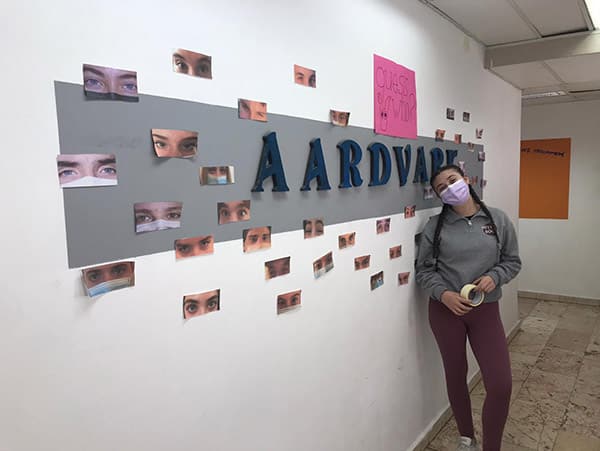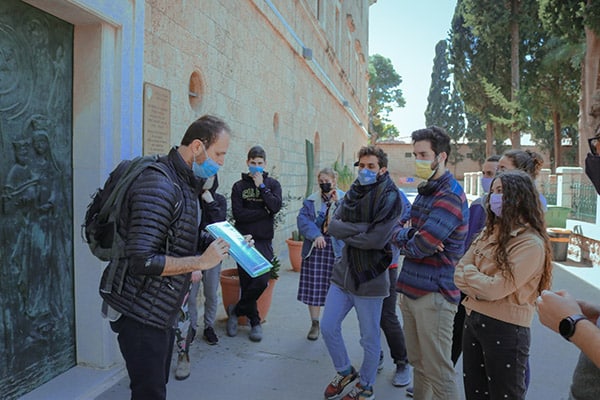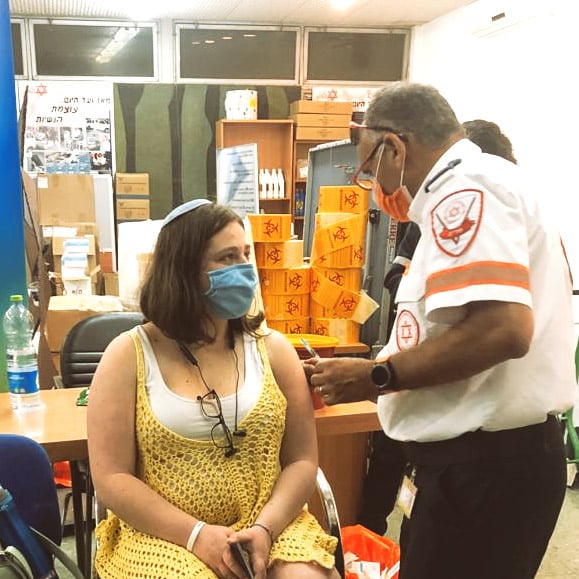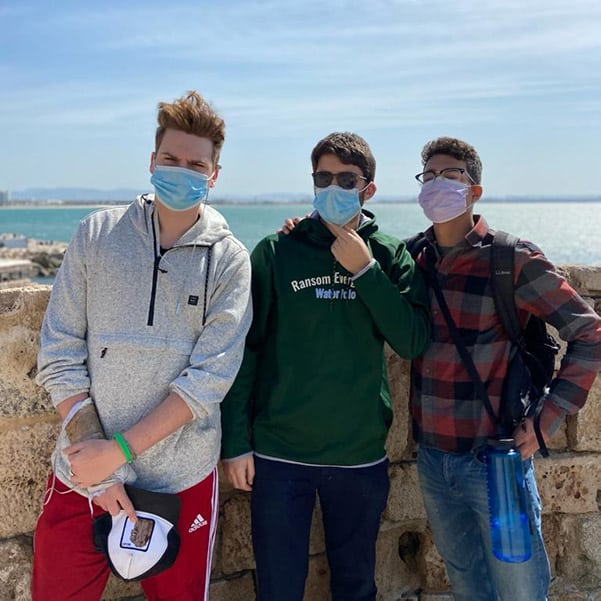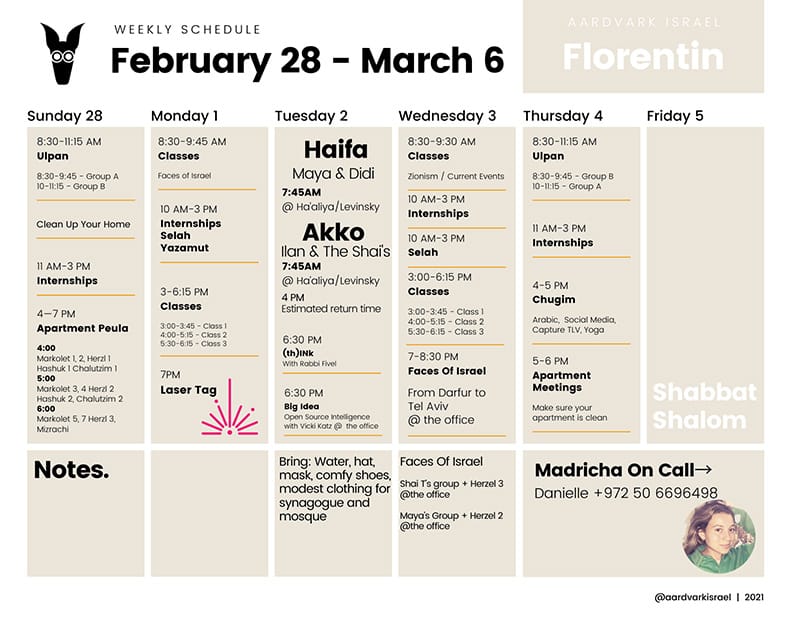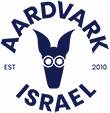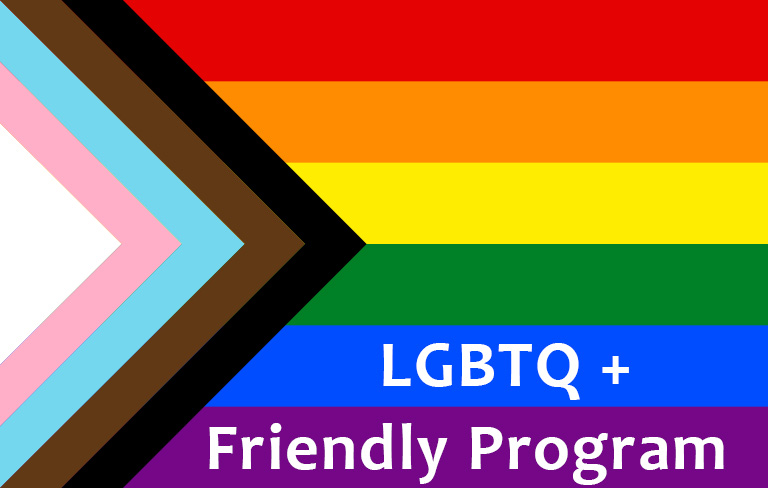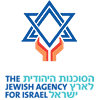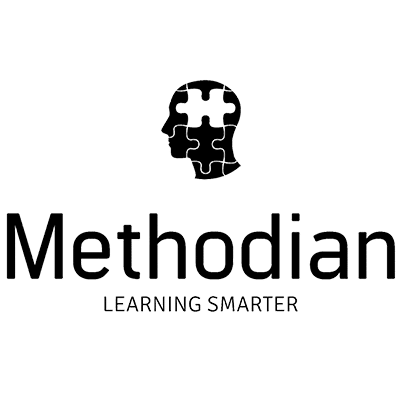
Dear Parents & Students,
This week, we were getting in the Purim spirit!
Purim is a Jewish holiday that commemorates the saving of the Jewish people from Haman, who was planning to kill all the Jews. This took place in the ancient Achaemenid Persian Empire. Purim is one of the most widely celebrated festivals in Israel; it is embraced by the entire country, from religious Jews to secular Israelis, from Jerusalem to Tel Aviv, and it has become a time of festivity and celebration far beyond its original religious roots.
For our Tuesday Tiyul, half of the community drove to Akko to explore the history of this beautiful city, while the other went to Haifa and learned about the unique social diveristy in this city of many religions.
Carly Shindler wrote about the Tiyul to Akko:
“Tiyul Tuesdays are back, and I couldn’t be more excited! We went to the port city of Akko and experienced the rich history that characterizes this historic place. While the views were breathtaking and the beach was immaculate, the real beauty lies way beneath the surface. Although I do love to learn the Biblical significance of the places we travel to, what truly intrigues me is the history of Israel that diverts from what we learn in Sunday School. I honestly never wrapped my head around the idea that there have been so many groups of people in this land throughout time. The Romans, Crusaders, Philistines, Ottomans, and so many other groups have made their mark on Israel. We learned that Napoleon Bonaparte tried seven times to lay siege on the city of Akko and never succeeded. The city of Akko was once the Christian capital of the Crusaders and the birth place of the Bahai religion. Akko is an important piece of, not only Israel’s past and present, but the world’s history. It’s hard to wrap my head around the fact that this relatively small city could make such a large impact on life as we know it. I had a great time breathing in the history of Akko:)”


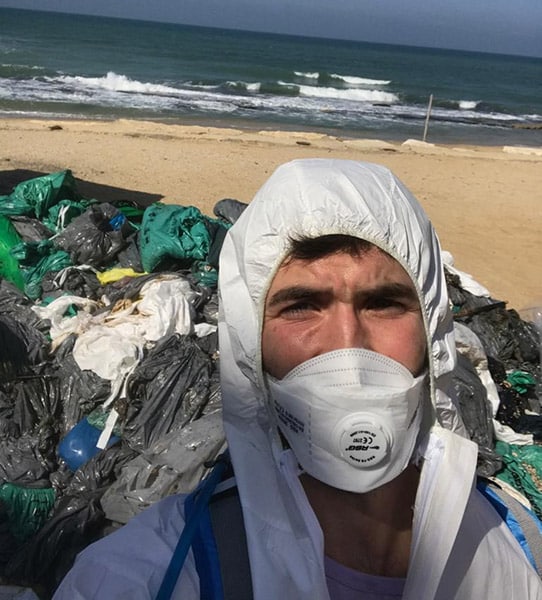
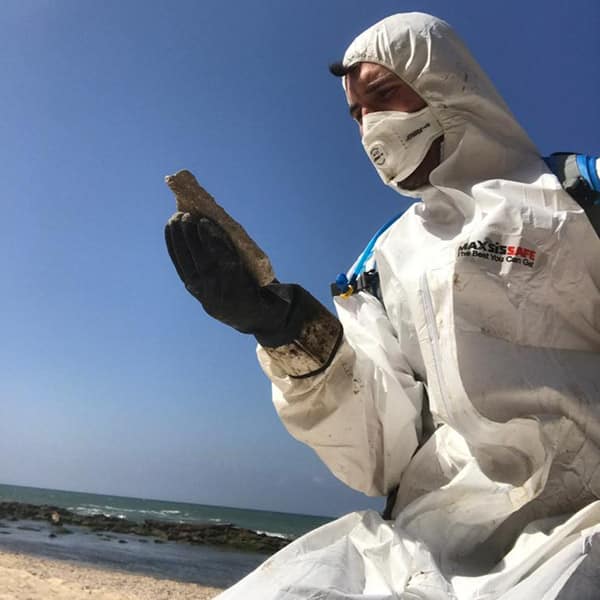


In (th)INK! this week, we explored the weekly parsha about the clothing of the priests in the Tabernacle and enjoyed how these chapters where the priests “dress up” always comes out around Purim. We thought about our own dress and costumes and explored how they conceal or reveal aspects of our inner selves.
